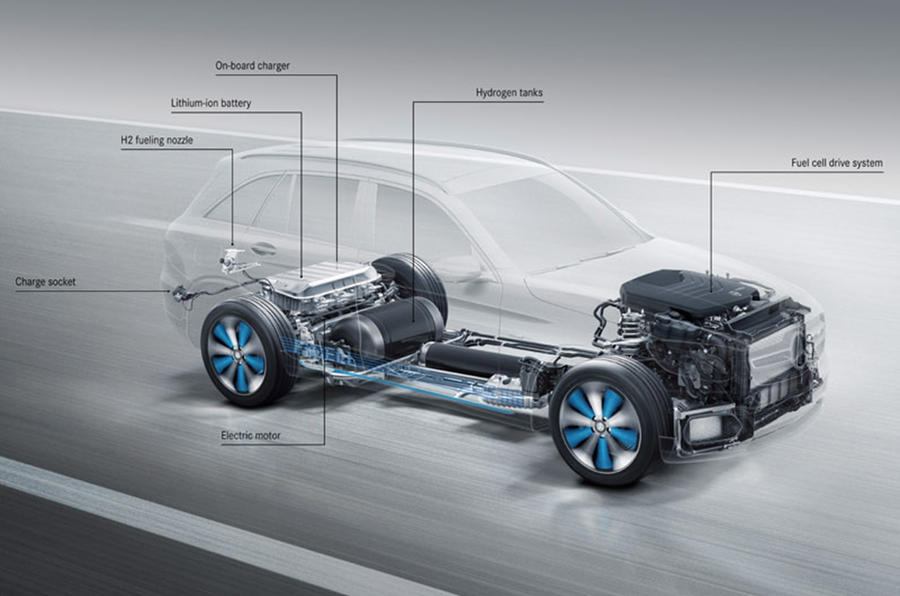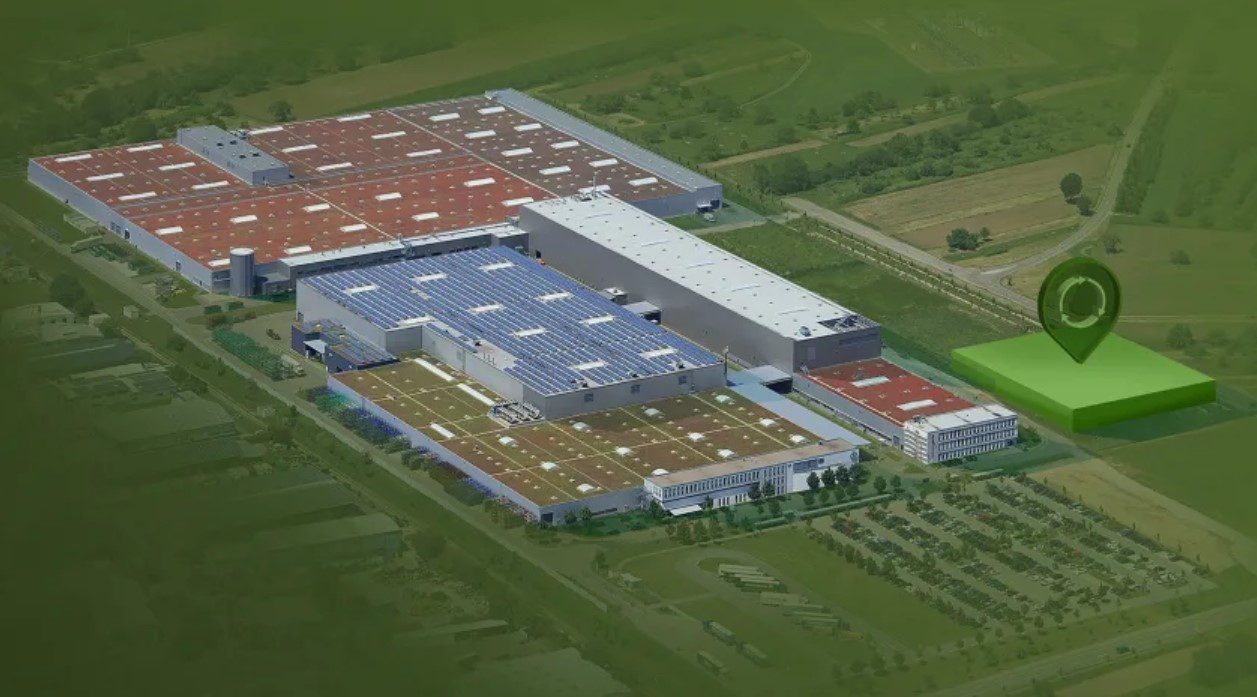It’s predicted that EV batteries will have a second life of 10 to 15 years when used for stationary energy storage.
The idea of giving EV batteries a second life when their capacity drops to 80 per cent or less seemed written into some imaginary EV plan even before the Nissan Leaf was launched in 2010.
That gradual decline in the capacity of a lithium-ion battery could begin after eight years and 160,000km or so, although Nissan has said in the past it has examples of Leafs that have clocked up almost over 300,000km with minimal reduction in capacity.
When the time does come for retirement from a car, batteries can be used as stationary energy storage systems, something that makes a good fit for balancing the peaks and troughs of electricity grid power generation, storing renewable electricity locally, or for portable power. A McKinsey report predicts demand for used EV battery storage could exceed 200GWh (200 billion watt-hours of storage) per year by 2030 in a market worth almost £23 billion (AUD$40bn) by then.
It’s already happening and Jaguar Land Rover is one of the latest manufacturers to reuse batteries, from Jaguar I-Pace development cars in partnership with energy storage systems specialist Pramac. Some 85 per cent of the original packs, including modules and wiring, are used to make Pramac Off Grid Energy Storage Systems, with the rest being recycled. The first example has a capacity of 125kWh, which, JLR estimates, would be enough to power the average family home for a week, or fully charge an I-Pace with power to spare.
Elsewhere, Audi announced at the end of last year that it had partnered power generation company RWE on an energy storage system built using decommissioned lithium-ion batteries taken from development Audi E-trons. In total, 60 batteries were combined to provide temporary storage amounting to 4.5MWh (4.5 million watt-hours) of energy. The system stores renewable hydroelectric energy generated by the Hengstey reservoir at Herdecke, North Rhine-Westphalia. The batteries have been installed in a purpose-built 160-square-metre hall at the reservoir’s pumped-storage plant.
Nissan, meanwhile, set up the 4R Energy Corp in partnership with the Sumito Corp even before the Leaf went on sale. Because the Leaf has been in production for 12 years now, decommissioned batteries are becoming available for other uses. The battery components are graded when they come into the plant and those getting an ‘A’ grade can be reused as an EV high-performance battery. Those with a ‘B’ grade are good enough for industrial machinery such as forklifts or large-scale stationary energy storage in both industrial and domestic applications, where they are ideal for storing energy from solar cells in classic ‘make hay while the sun shines’ scenarios.
Skoda also began a project last year in conjunction with Czech technology company IBG Cesko to repurpose used 13kWh batteries from the Superb iV and Octavia iV plug-in hybrids and the 82kWh Enyaq iV EV. The resulting storage units are destined for Skoda dealers, each with a capacity of 328kWh and a power output of 150kW. The energy storage systems can be scaled up or down and their use effectively reduces the carbon footprint of each battery.
Jesse Crosse





